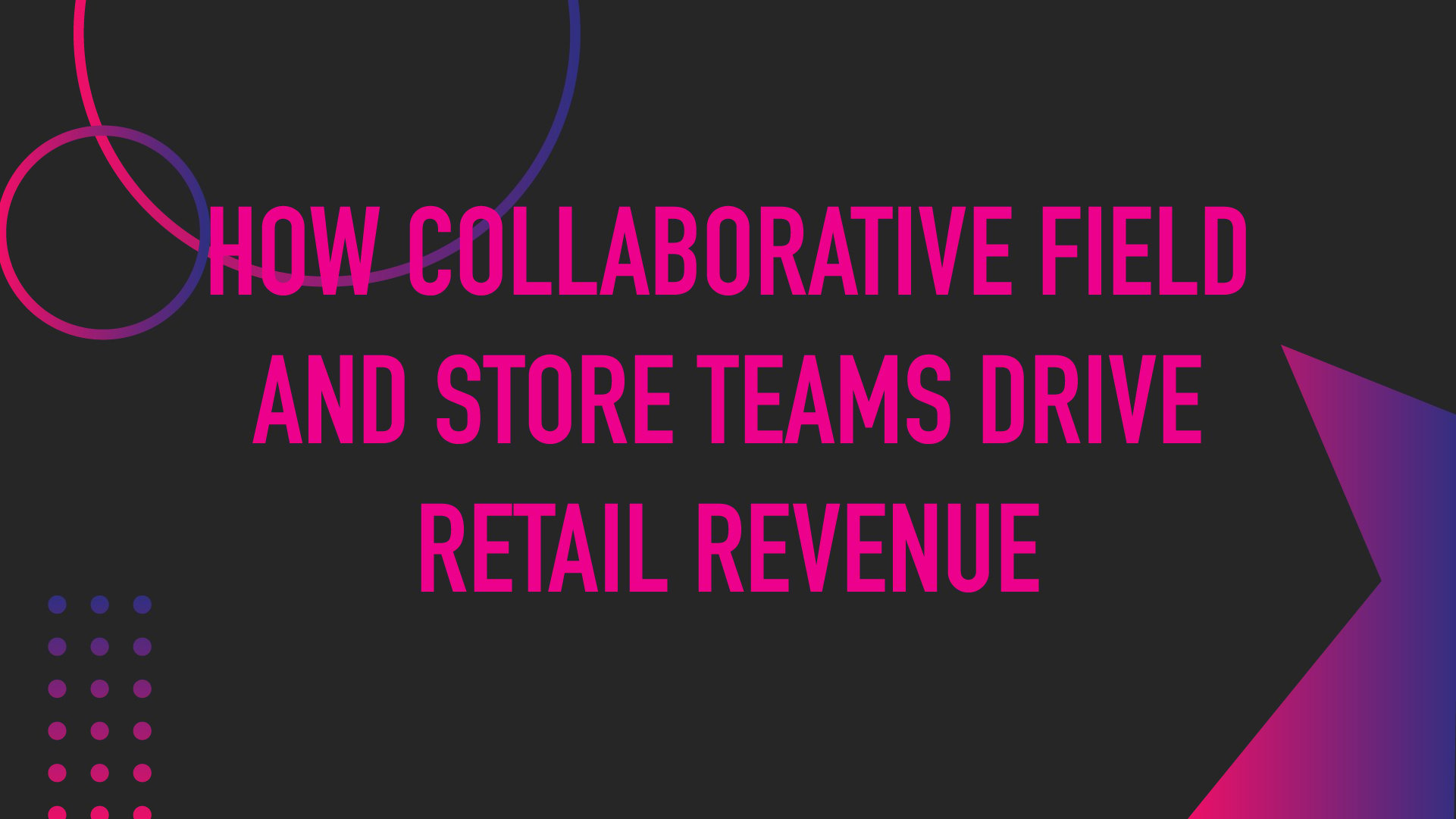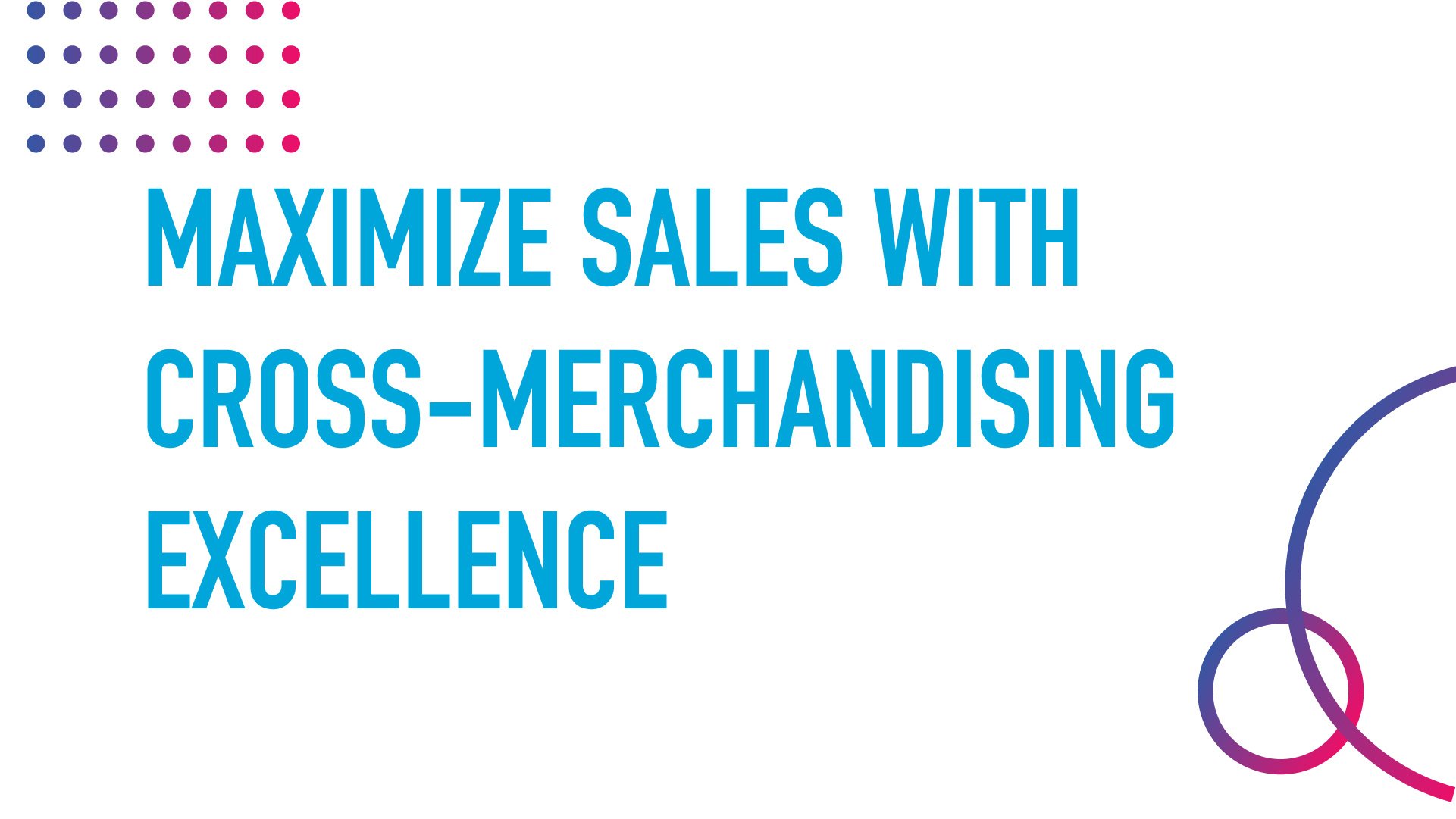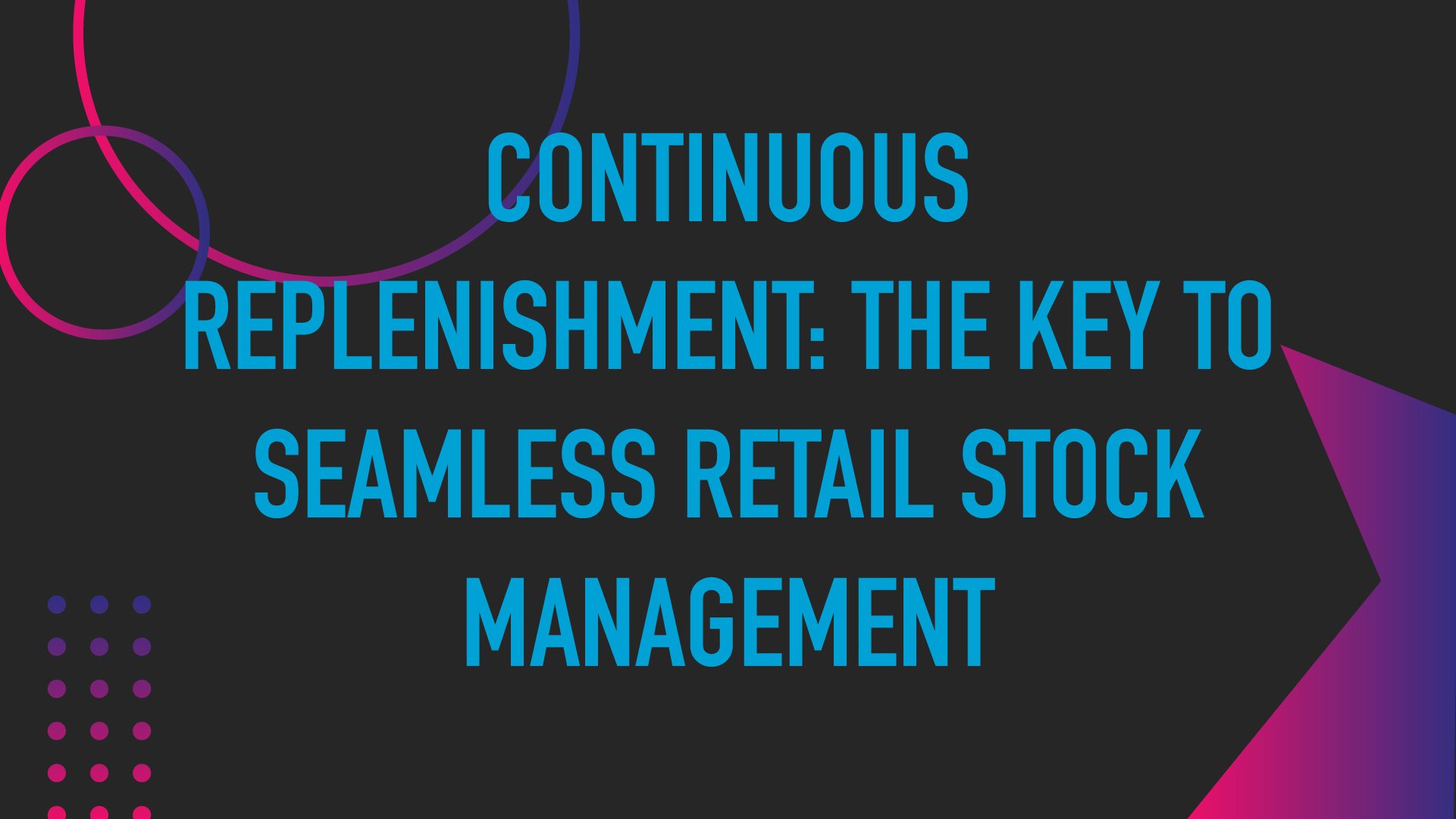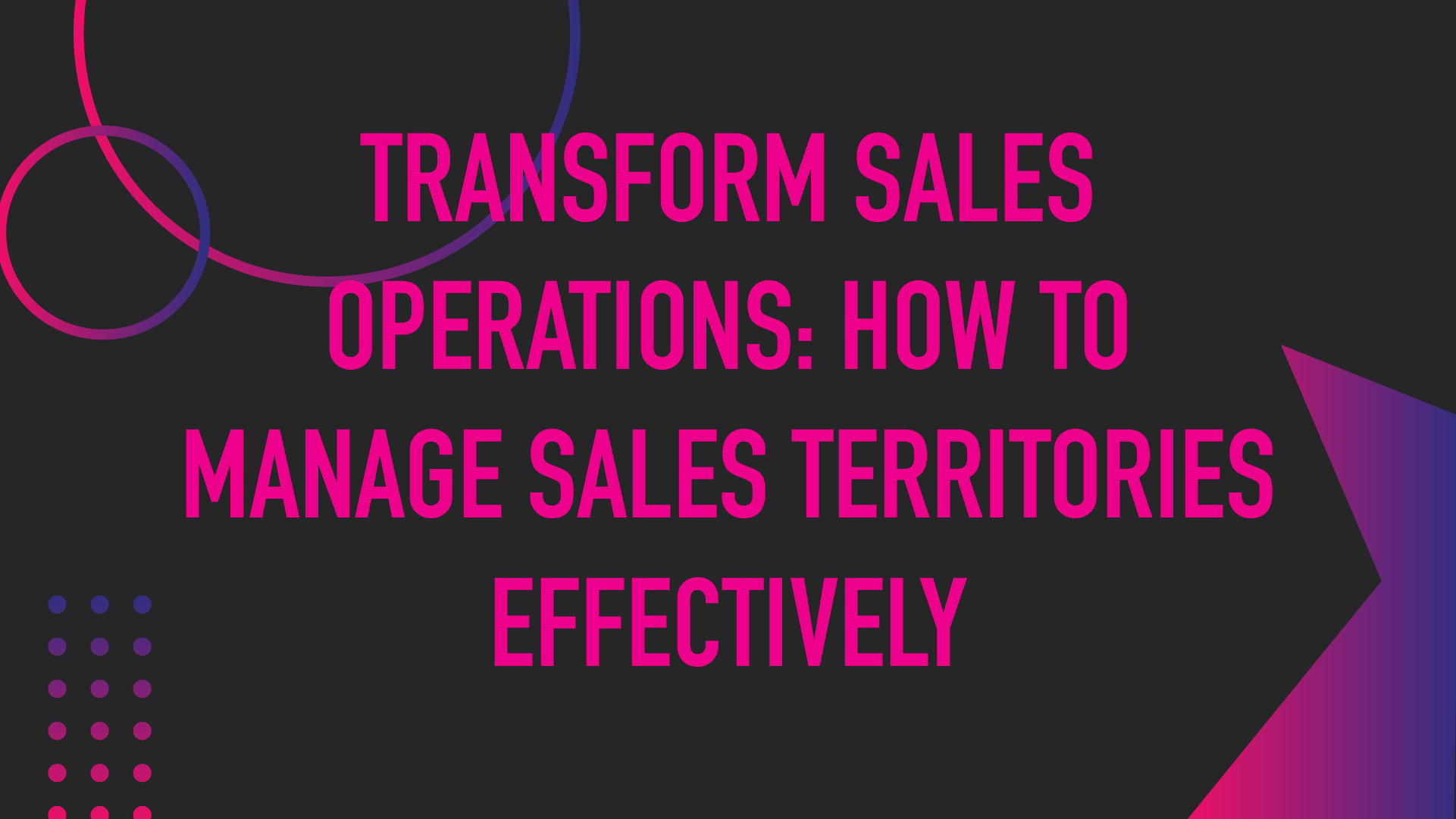Streamline Sucess: Harmonizing Retail Execution Software and Category Management

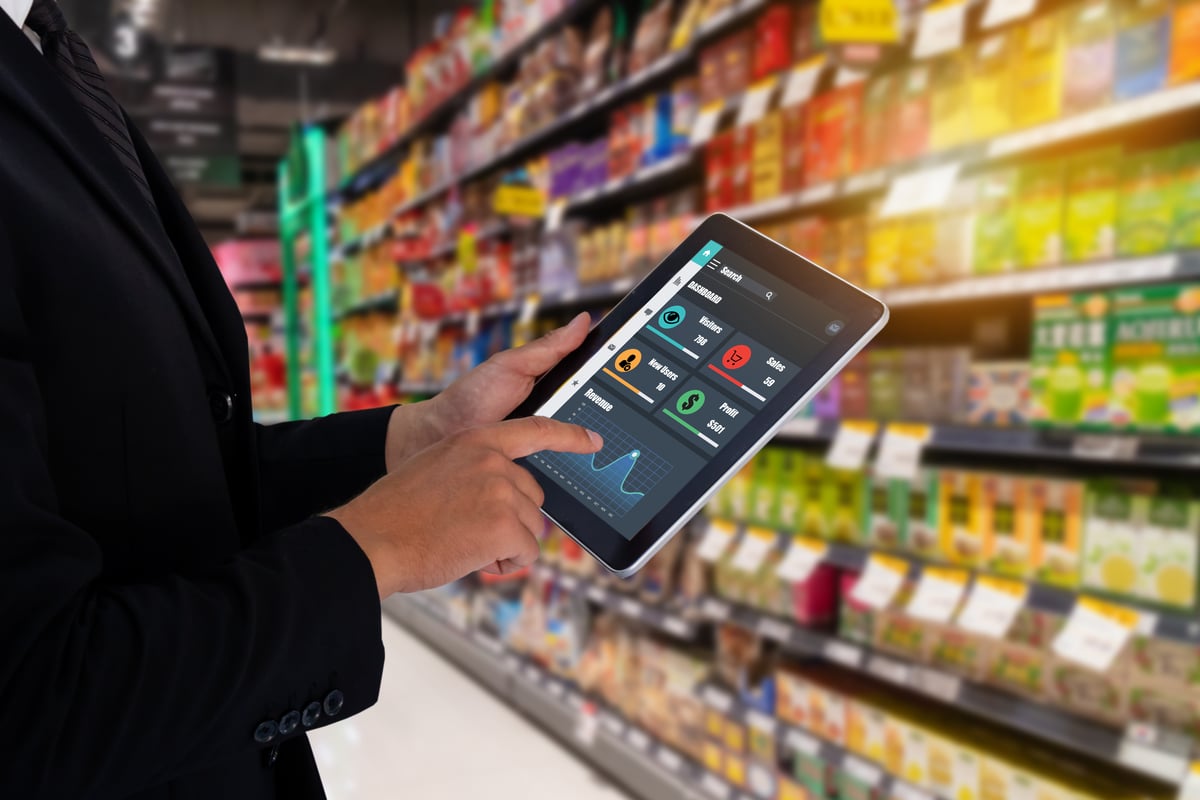
Combining retail execution software with category management tools creates a dynamic duo that enhances efficiency and drives growth, enabling teams to align their operational activities with category strategies more effectively. These systems integrate seamlessly, allowing for streamlined processes and better decision-making in the retail industry.
How Category Management Tools Supercharge Operations
Category management tools are the unsung heroes of the retail industry, quietly working behind the scenes to enhance store performance. From assortment planning to promotion planning, category management tools provide valuable insights and features that enable teams to stock shelves with products that resonate with their desired target audience and create an inviting shopping experience.
Assortment Planning
One of the first steps toward success is stocking shelves with products that customers want, and that is where assortment planning comes into play. Category management tools help retail teams analyze a wealth of data, including market trends, customer preferences, and historical sales data. With this insight, store teams can optimize product assortments, ensuring that stores are stocked with products that resonate with your target audience.
Space Planning
Efficient use of shelf space can make or break a store's performance. Overcrowded or disorganized shelves can confuse customers and lead to missed sales opportunities. Category management tools ensure that products are strategically positioned for maximum visibility and sales potential by optimizing shelf space with planograms to create an inviting shopping experience, increase product turnover, and boost overall sales.
Price Optimization
Pricing is a delicate balancing act. Managers want to offer competitive prices that attract customers while maintaining profitability. Category management tools enable dynamic pricing strategies, allowing stores to stay competitive in a constantly evolving market. These tools consider various factors, including competitor pricing, customer behavior, and historical sales data, to adjust prices in real time. This flexibility ensures that products are competitively priced, attracting price-conscious shoppers without sacrificing profit margins.
Promotion Planning
Promotions are a powerful tool for boosting sales and customer engagement. However, planning and executing effective promotions require careful consideration and strategy. Category management tools provide the necessary insights and features for successful promotion planning. These tools help identify the right products for promotions, set the timing, and determine the most effective promotional channels. Whether it's seasonal sales, holiday discounts, or special promotions, category management tools ensure that promotions are well-executed and yield positive results.
Category management tools streamline assortment planning, optimize shelf space, fine-tune pricing strategies, and supercharge promotion planning. By integrating these tools with retail execution software, teams can create a dynamic duo that enhances the shopping experience for customers and improves a store's profitability and overall performance.
5 Key Features to Look for in Retail Execution Software
Leveraging the combination of retail execution software and category management tools empowers industry leaders with valuable insights into consumer behavior while ensuring efficient implementation of strategic plans at the store level. This synergy enables them to enhance operational efficiency while driving growth in a competitive landscape. However, it's important to note that this duo is only effective when both tools can support operations.
Here are five key features to look for in retail execution software:
Task Management
Task management plays a crucial role in retail execution strategies. With the help of task management software, store and field teams can create, assign, and monitor the progress of tasks. This functionality ensures that tasks are efficiently executed and team members are held accountable for their responsibilities.
Real-time Data Capture
Decisions need to be made on the fly in the fast-paced environment. Retail execution software equipped with real-time data capture capabilities empowers teams to capture and access real-time data on store performance, inventory levels, and customer interactions.
Merchandising Compliance
Consistency is key, and this extends to visual merchandising. Retail execution software should support merchandising compliance by consistently allowing teams to follow planograms, pricing guidelines, and promotional strategies. Creating a uniform shopping experience across all stores reinforces brand image, boosting customer confidence and loyalty.
Performance Analytics
Robust analytics and reporting capabilities in retail execution software provide invaluable insights into store performance. These insights enable data-driven decisions that can significantly improve operations. With access to detailed reports on sales trends, stock turnover rates, and customer foot traffic, teams can fine-tune strategies, adjust inventory levels, and optimize staffing to match peak hours.
Mobile Accessibility
The retail landscape is not confined to the store's four walls. Field teams, in particular, need to be agile and have easy access to retail execution software. With mobile access, field teams can efficiently complete tasks, submit reports, and communicate with headquarters or stores without delay.
Store managers need the capability to instantly access inventory levels via mobile devices and order restock as soon as a product runs low. This proactive approach minimizes stockouts, maximizes sales opportunities, and keeps customers happy.
Challenges in Achieving Seamless Integration
While integrating retail execution software and category management tools promises significant benefits, it's essential to acknowledge and address the challenges that team leads may face during this process.
1. Data Synchronization
One of the primary challenges in integrating retail execution software and category management tools is ensuring seamless data flow between the two systems. These systems often rely on different data sources, formats, and structures, making synchronization complex. Inaccurate or delayed data synchronization can hinder decision-making and lead to discrepancies in inventory levels, pricing, and promotion execution, ultimately impacting customer experience and sales. Leadership must invest in robust data integration solutions to overcome this challenge and ensure data flows smoothly between systems in real time.
2. Training and Adoption
Employees are the heart of any operation, and introducing new software and tools can be met with resistance. Training and change management become critical components of successful integration. Employees may initially resist using unfamiliar tools or find it challenging to adapt to new workflows. Managers need to provide adequate training time to teach the technical aspects of the software. Moreover, team leads should address employees' concerns, provide ongoing support, and encourage the adoption of these new tools.
3. Integration Costs
Integration projects come with costs, including software licensing fees, customization, data migration, and ongoing maintenance. These costs can be significant, and managers must carefully weigh the benefits against the investment. Leadership should conduct a comprehensive cost-benefit analysis to mitigate integration costs and make informed decisions regarding the integration budget and resource allocation. Team leads must assess the potential return on investment (ROI) by considering how the integrated systems will improve efficiency, increase sales, reduce errors, and enhance customer satisfaction.
4. Compatibility
Compatibility issues may arise when integrating software and tools from different providers. Each software may have its architecture, data formats, and APIs, making seamless integration challenging. To address compatibility issues, managers should work closely with software providers to ensure the systems can effectively communicate. It may involve developing custom connectors or middleware solutions to bridge the gap between the two systems. Thorough testing and validation ensure data flows smoothly and the integrated solution meets the desired outcomes.
By improving coordination between merchandising teams and enhancing in-store execution of category plans, teams can provide customers with a more cohesive shopping experience. The benefits of this synergy lead to increased sales through optimized product placement, a reduction of out-of-stock situations, improved inventory turnover rates, enhanced customer satisfaction due to well-managed assortments, more accurate demand forecasting leading to better inventory management, and ultimately drive overall growth.
featured content
featured content

The Importance of On-Shelf Availability in Retail: Why Keeping Items Stocked is Critical for Competitiveness in 2026
Learn why on-shelf availability is critical in today's retail store environment
